Aluminum Oxide Sputtering Target Description
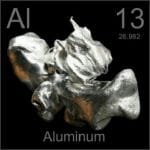
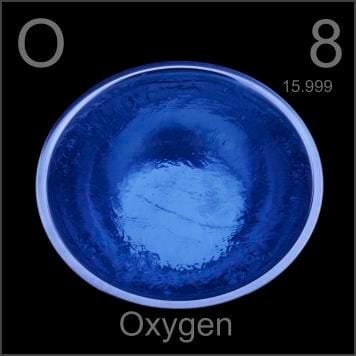 The Aluminum Oxide Sputtering Target from TFM is made up of aluminum (Al) and oxygen (O), and it shares the same properties as aluminum oxide. Chemically known as Al2O3, aluminum oxide is the most common form of aluminum oxides and is specifically referred to as aluminum (III) oxide. This sputter target is often called an alumina sputter target, but it may also be known as an aloxide target, aloxite target, or alundum target, depending on its specific forms or applications. Al2O3 naturally occurs in its crystalline polymorphic phase, α-Al2O3, as the mineral corundum, which includes the precious gemstones ruby and sapphire.
The Aluminum Oxide Sputtering Target from TFM is made up of aluminum (Al) and oxygen (O), and it shares the same properties as aluminum oxide. Chemically known as Al2O3, aluminum oxide is the most common form of aluminum oxides and is specifically referred to as aluminum (III) oxide. This sputter target is often called an alumina sputter target, but it may also be known as an aloxide target, aloxite target, or alundum target, depending on its specific forms or applications. Al2O3 naturally occurs in its crystalline polymorphic phase, α-Al2O3, as the mineral corundum, which includes the precious gemstones ruby and sapphire.
Aluminum Oxide Sputtering Target Specification
| Chemical Compound | Aluminum Oxide |
| Symbol | Al2O3 |
| Color/Appearance | White, Crystalline Solid |
| Melting Point | 2,072 °C |
| Theoretical Density | 3.97 g/cc |
| Z Ratio | 0.336 |
| Sputter | RF-R |
| Type of Bond | Indium |
| Available Sizes | Dia.: 1.0″, 2.0″, 3.0″, 4.0″, 5.0″, 6.0″ Thick: 0.125″, 0.250″ |
Aluminum Oxide Sputtering Target Application
The Aluminum Oxide Sputtering Target is extensively utilized for thin film deposition across a variety of applications, including fuel cells, decorative coatings, semiconductors, displays, LEDs, photovoltaic devices, and glass coatings. Specialty aluminum oxides are predominantly used in refractories, ceramics, and for polishing and abrasive applications. Additionally, substantial quantities of aluminum hydroxide, the precursor to alumina, are employed in the production of zeolites, coating titania pigments, and serving as a fire retardant and smoke suppressant.
Aluminum Oxide Sputtering Target Bonding Methods
Specialized bonding services for Aluminum Oxide Sputtering Targets, including indium and elastomeric bonding techniques, enhance performance and durability. Thin Film Materials (TFM) ensures high-quality solutions that meet industry standards and customer needs.
We also offer custom machining of backing plates, which is essential for sputtering target assembly. This comprehensive approach improves target design flexibility and performance in thin film deposition. Our channels provide detailed information about bonding materials, methods, and services, helping clients make informed decisions.

Packaging
Aluminum Oxide Sputtering Targets are meticulously tagged and labeled externally to ensure efficient identification and maintain strict quality control. We take extensive precautions to prevent any damage during storage and transportation, ensuring the integrity of the products upon delivery.

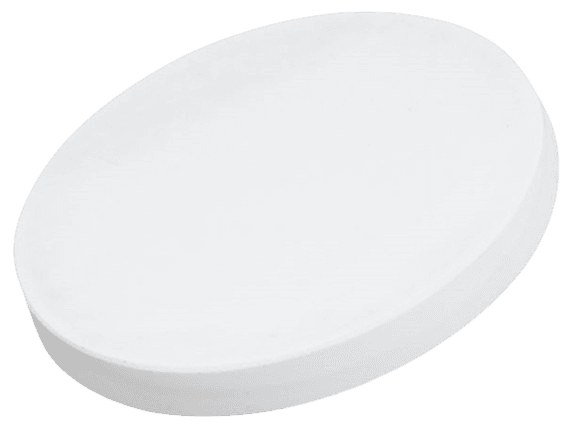
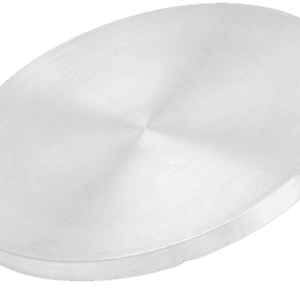
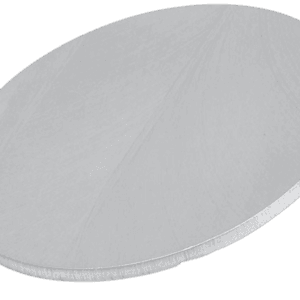
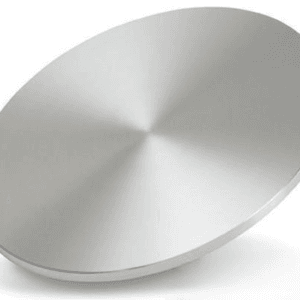
Reviews
There are no reviews yet.